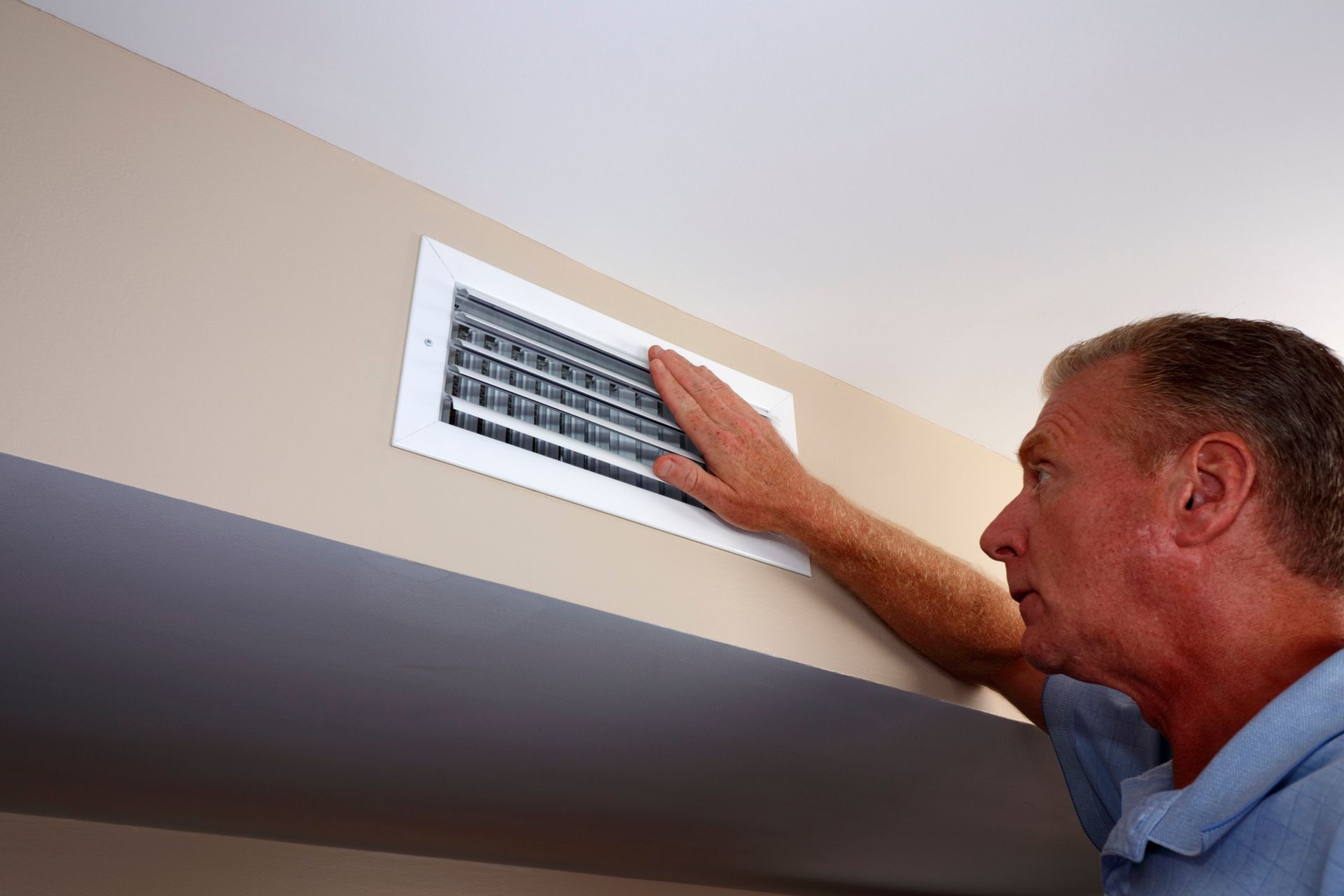Importance of Indoor Air Quality
February 20, 2020

When we think about pollutants, many of us jump to an image of factories pumping smoke and toxins into the air. But what about on a smaller, more personal scale? Most of us spend more time in our own home than anywhere else, yet fail to consider the potential harm we face there. Let’s look at the importance of indoor air quality for family health.
Why Indoor Air Quality Matters
According to the EPA, the concentrations of pollutants in indoors are often two to three times what they typically are outdoors. Additionally, the EPA says that on average, Americans spend about 90 percent of their time indoors, with people who are more susceptible to pollution’s adverse effects (including children, older adults, and those with cardiovascular or respiratory disease) spending even more.
Causes/Sources
When it comes to indoor pollutants, most people are aware of secondhand smoke, radon, and carbon monoxide. Other threats to indoor air quality include:
- Combustion sources like wood, coal, and gas heating and cooking appliances
- Cleaning supplies releasing different chemicals into the air
- Building materials like insulation and pressed wood
- HVAC systems, especially if improperly maintained
- Pet hair, dander, and other allergens
- Inadequate ventilation
- Dust mites and pests
- Mold and bacteria
Outdoor air pollutants can also make their way inside the home through open doors and windows, ventilation systems, and cracks and seams. Chimney smoke can reenter and pollute the air, and volatile chemicals can sometimes enter via the water supply when cooking or showering. By simply entering the home, people inadvertently bring the soil and dust particles attached to their clothing along with them, as well as any pollutants attached to those particles.
Effects
The effects of indoor air pollutants vary both by person and based on length of exposure. Some immediate, short-term effects include:
- Irritation of the eyes, nose, and throat
- Coughing and sneezing
- Headaches, dizziness, and fatigue
- Upper respiratory congestion
- Triggered or worsening asthma symptoms, including asthma attacks
Long-term and more severe health effects include:
- Respiratory disease, heart disease, and cancer
- Nausea and vomiting
- Fever and chills
- Myalgia (muscle pain)
- Nose bleeds
- Difficult or painful breathing
If you experience any of these symptoms, contact your healthcare professional or dial 9-1-1 in case of emergency. Consult your local HVAC professional about improving your home’s air quality.
Tips
Whether we’re escaping hot and humid summer days or the bitter cold of winter, Minnesota residents spend plenty of time indoors year-round. Maintaining clean indoor air is crucial, and here are a few basic tips to get you started:
- Let in fresh air: Open windows and doors when possible and consider purchasing an air exchanger to help replace stale indoor air with during the winter.
- Clean regularly: Vacuum carpets and rugs one to two times each week and dust hard surfaces weekly.
- Wash bedding weekly and consider using dust mite-proof covers on pillows, mattresses, and box springs.
- Have your ductwork cleaned and change your filter (or clean if re-usable) monthly.
- Invest in an air cleaner to efficiently trap and remove airborne pollutants.
- Declutter your living space to avoid trapping and holding dust.
WestAIR Heating & Cooling understands the importance of indoor air quality, and we want to help keep your family safe and healthy. We offer professional duct cleaning as well as sale and service of air exchangers, air cleaners, whole house humidifiers, and replacement filters.Contact us to learn more and schedule service today.
Search Blog Posts
Categories



